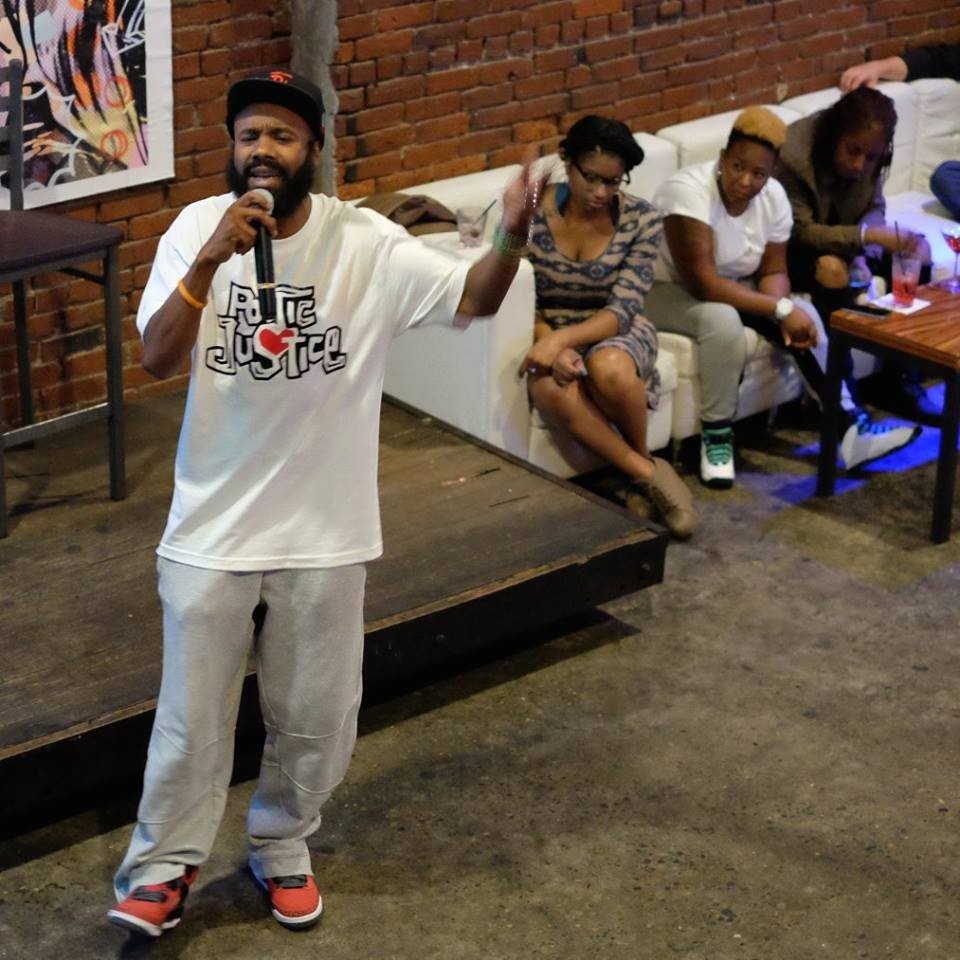Dialogue between skeptics and believers, in person or on Twitter, can result in hurtful language and invalid arguments. A new mobile app published by a Portland State philosophy professor aims to teach users how to hold dialectic conversations with religious individuals and do so respectfully.
The Atheos app, published by Dr. Peter Boghossian in conjunction with the Richard Dawkins Foundation for Reason and Science and PSU students, seeks to teach users how to critically analyze belief claims. The app’s development was partially sponsored by the PSU Department of Philosophy and its current chair Dr. Tom Seppalainen.
Epistemology is a form of inquiry utilized in the app; it asks how you know and what you know. The goal of this process is to have “fewer false beliefs,” Boghossian said.
Listen to the Vanguard’s interview with Dr. Peter Boghossian. Image courtesy of Julie Vincent Photography.
The Vanguard spent some time working through the app, including the extended content. There are 10 levels called caves, borrowing from Plato’s Allegory of the Cave, that increase in difficulty and specificity. For example, general belief claims, such as god exists, are covered first, and later levels test claims specific to Christianity and other religions.
The app introduces questions and claims one might typically hear while conversing with a person who holds religious beliefs. With the exception of some lessons, four answers are given and the user decides which is the most appropriate response. Explanations for why some answers are appropriate and others are not are displayed after a selection has been made.
The Atheos app is an ongoing project that is continually refining itself with the help of users.
It is free to use but offers an option to purchase extended content which gives access to more caves, a variety of articles, book recommendations and podcasts to help supplement user knowledge.
Dr. Boghossian is the author of the book A Manual for Creating Atheists and can be found on Twitter at @peterboghossian.
Andy Ngo contributed to this article.







The image here is copyright. It is my image, which I made of Dr. Begossian when he was speaking in my city. He has the right to use it. However please credit me as the photographer.
Thank you so much for contacting us. We have corrected the mistake.
Dr. Boghossian might be on to something here. Does the app deal with things other than religious beliefs?
I believe the app only covers religion, but the techniques it teaches are generally a good way to interrogate the epistemology of yourself and others on many subjects.
The app itself focuses on religious claims, but the technique it uses is applicable to other types of claims such as karma, ghosts, homeopathy, conspiracy theories, and any other claim that is not based on factual evidence. It is based on Socratic questioning with an aim of examining the basis for a claim: why one believes what they believe.
Why does this app apparently view religion in terms of belief? using the modern/Enlightenment concepts of truth and falsity? This seems like evaluating how delicious chef-prepared dish might be solely by whether the food is to be consumed with either a fork or a spoon.
Does the app embrace metaphor? is it able to deal with myths as paradigmatic models of sacred reality? Do the app authors understand how perverted the modern (relatively recent) conception of religion is as a separate category? Can you assess truth claims on, say, Beethoven’s C sharp minor quartet or the Velasquez painting, Las Meninas, or the Christian doctrine of the Trinity or the Buddhist teaching of pratityasamutpada or the or the Hindu story of the Bhagavad Gita? If the app says that the ghost of Hamlet’s father could not actually exist, does that mean Shakespeare’s play is worthless? What about Don Quixote? Am I wrong to say I saw a beautiful sunset, even after the age of Copernicus?
I am all in favor of critical thinking (Dawkins was a great scientist, but his understanding of religion was extraordinarily narrow). Certainly we need more and better skilled critical thinkers, especially in our political discussions, but to approach religion as if the app as described could be a significant tool by which to apprehend faith is like using a grenade to construct the Alhambra.
Please tell me I am significantly misunderstanding the nature, usefulness, and careful design of this product, and please understand how, from the description on this page, I might have come to such a misunderstanding.
Vern Barnet